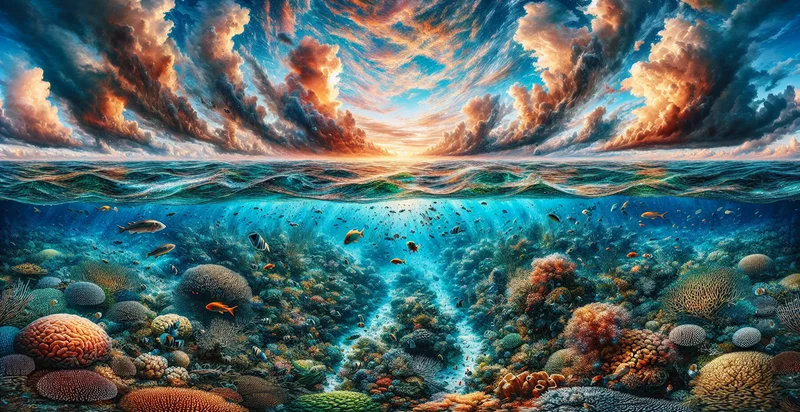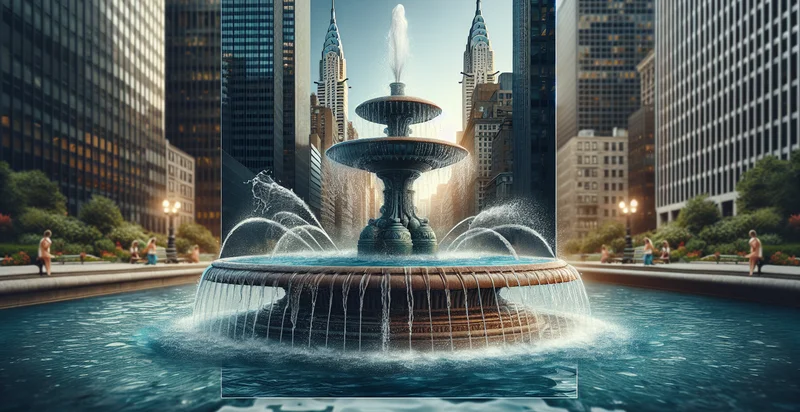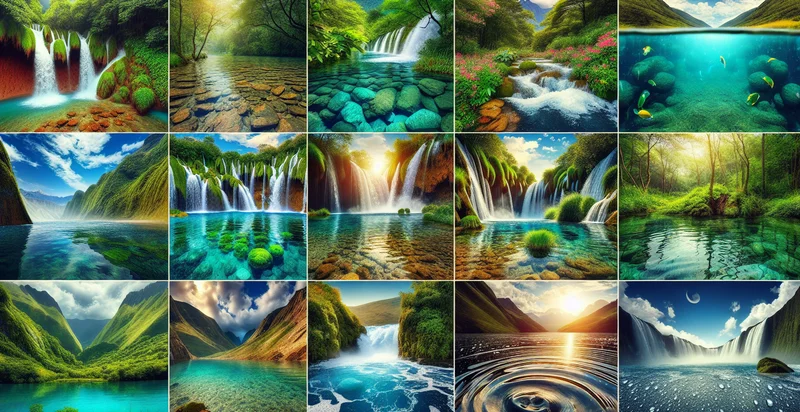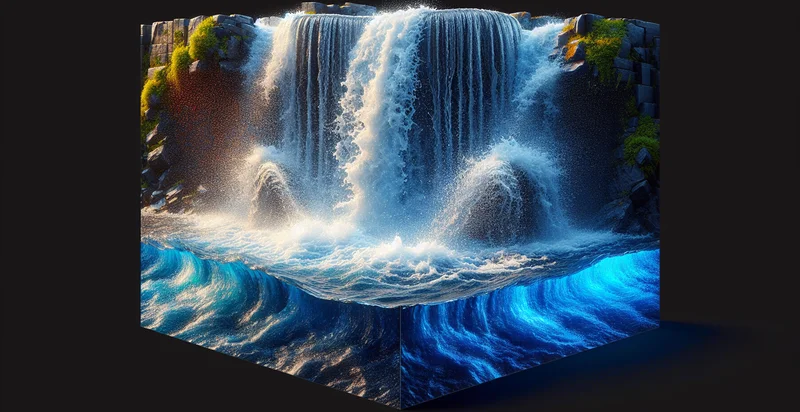Identify water body
using AI
Below is a free classifier to identify water body. Just upload your image, and our AI will predict whether the image is of a lake, river, or ocean - in just seconds.

Contact us for API access
Or, use Nyckel to build highly-accurate custom classifiers in just minutes. No PhD required.
Get started
import nyckel
credentials = nyckel.Credentials("YOUR_CLIENT_ID", "YOUR_CLIENT_SECRET")
nyckel.invoke("water-body-identifier", "your_image_url", credentials)
fetch('https://www.nyckel.com/v1/functions/water-body-identifier/invoke', {
method: 'POST',
headers: {
'Authorization': 'Bearer ' + 'YOUR_BEARER_TOKEN',
'Content-Type': 'application/json',
},
body: JSON.stringify(
{"data": "your_image_url"}
)
})
.then(response => response.json())
.then(data => console.log(data));
curl -X POST \
-H "Content-Type: application/json" \
-H "Authorization: Bearer YOUR_BEARER_TOKEN" \
-d '{"data": "your_image_url"}' \
https://www.nyckel.com/v1/functions/water-body-identifier/invoke
How this classifier works
To start, upload your image. Our AI tool will then predict whether the image is of a lake, river, or ocean.
This pretrained image model uses a Nyckel-created dataset and has 3 labels, including Ocean and Lake.
We'll also show a confidence score (the higher the number, the more confident the AI model is around whether the image is of a lake, river, or ocean).
Whether you're just curious or building water body detection into your application, we hope our classifier proves helpful.
Related Classifiers
Need to identify water body at scale?
Get API or Zapier access to this classifier for free. It's perfect for:
- Real Estate Property Identification: Real estate companies can use this feature to identify and differentiate properties based on the type of water body they are adjacent to. This feature aids in property valuation and marketing strategies.
- Environmental Conservation: Conservation groups and environmental agencies can use image recognition to survey large geographic areas, identifying different water bodies to monitor environmental health, pollution levels or wildlife activity.
- Travel and Tourism: Travel agencies and tourism boards can utilise the function to single out attractions such as lakes, rivers, or ocean front destinations. The identified locations can be highlighted for tourists planning their itineraries.
- Geographic Research: Researchers can put this function to good use in building detailed geographic models or collecting data for scientific study. The feature can accurately classify water bodies in chosen study areas.
- Urban Planning: City planners and architects can use this function to better understand city landscapes when planning construction or development projects. Recognising water bodies can help manage flood risks and determine potential limits or opportunities for development.
- Insurance Industry: Insurance companies can use this feature to identify properties that are near water bodies. This information can influence their coverage policies for risks such as flooding.
- Satellite Imagery Analysis: Companies or agencies that work with satellite imagery could use this feature for automatic identification of large scale water bodies when processing large sets of imagery. This would allow for more efficient and accurate cataloguing of geographical information.


